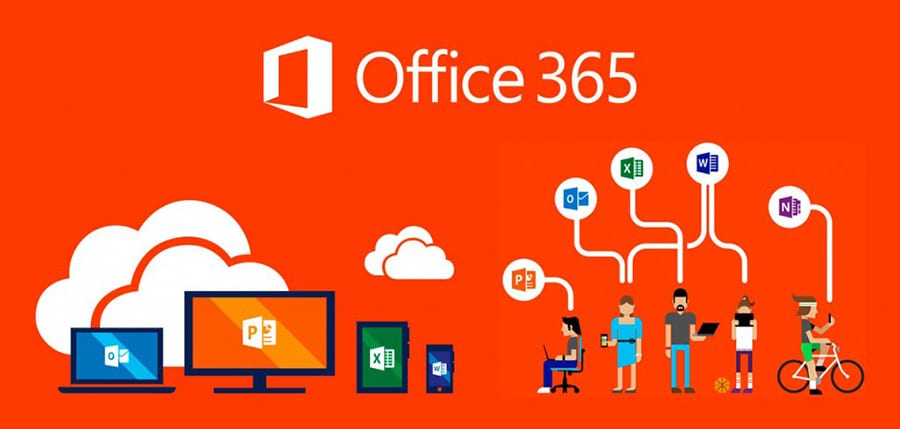Have you ever accidentally deleted or lost an email? Well, I have. I was sending a document on talent acquisition strategies to my supervisor when I ended up deleting an important email without realizing. This email landed in my deleted items folder in Outlook which was an easy recovery. But what if the email isn’t in the deleted items folder? Read on to find the answer.
Assuming you have lost an email already, here 6 common ways of retrieving them along with important files.
1: Check the Deleted Items Folder
Go to Outlook on the web and follow these steps:
- Click on Deleted Items Folder from the left folder pane
- From this folder, find the message you would like to restore
- Right-click on that message
- A window will open up,
- Click restore for recovering the deleted item
- The deleted email will move back to the inbox
2: Go to the Recoverable Items Folder
If the email is not in the deleted items, chances are it has moved to the Recoverable Items Folder.
This is the folder where permanently deleted files, events, and emails are moved. Follow these steps for accessing these items:
- From your outlook account, got to the folder tab
- Hit “Recover Deleted Items”
- Choose the email/item you want to recover
- Click recover selected items
- The recovered item is moved to the Deleted Items Folder
- Move it to inbox to recover the email or attachment
Keep in mind, the deleted emails are available in the Recovered Items Folders for 14 days after the deletion. This is a setting by default. You can increase this period to 30 days by contacting the exchange online administrator.
3: Check the Cloud Backup
If you act soon enough, you can retrieve a deleted email or attachment via cloud backup. Ideally, make sure you are never in a situation where you have to scramble through the data on the cloud to restore something.
This will only work if you have cloud backup for Office 365 in place. Most large enterprises have deployed it since they have multiple offices in different countries. Contact your network administrator to help you find the lost email through cloud backup.
4: Search the Archives Inbox
I never deleted an email and somehow it’s lost. Are you sure you have checked the Deleted Items Folder as well as the Recoverable Items Folder?
If yes, then chances are, your administrators have set your outlook to delete old inbox content automatically. This is the only explanation for the disappearance.
Companies enable the “Personal Archive Mailbox” for their employees. When it is enabled, any email that is 2 years old or older will disappear from not just your inbox but also the deleted items box. This is a default setting commonly found in most organizations.
Don’t panic, check your Achieves Inbox. It’s a standalone mailbox in Outlook and your older messages are probably there.
5: Contact Support (ASAP)
Once an email has been purged from the Recoverable Items Folder, the above methods of recovery won’t work. The last option for recovering the email and its content is to contact Microsoft 365 support by creating a ticket.
They might be able to help you recover the purged email provided that it’s not overwritten. It’s recommended to contact them as soon as possible.
6: Use Third-Party Solutions
The solutions shared above have their limitations. An action must be performed between 14 to 30 days of deletion otherwise, you might have to say goodbye to the lost email and its attachments.
What to do if the support team can’t help you recover the email either? This situation calls for using third-party solutions for email recovery. Make sure you download the email recovery software from a trusted source to retrieve the lost email.
Caution: Use this solution as a last resort.
Enable Backup Email for Future
Outlook allows its users to export all emails to a PST file for creating a local backup. Enable this to keep a local copy of important emails and attachments.
Here is how it’s done:
- From the main menu, go to file
- Click “import & export”
- Choose what you want to export
- Follow the prompts
- Password protect the file, if you want
- Download the backup
It’s not a foolproof backup and recovery solution since you have to create a backup manually by exporting content. But something is better than nothing, right!

